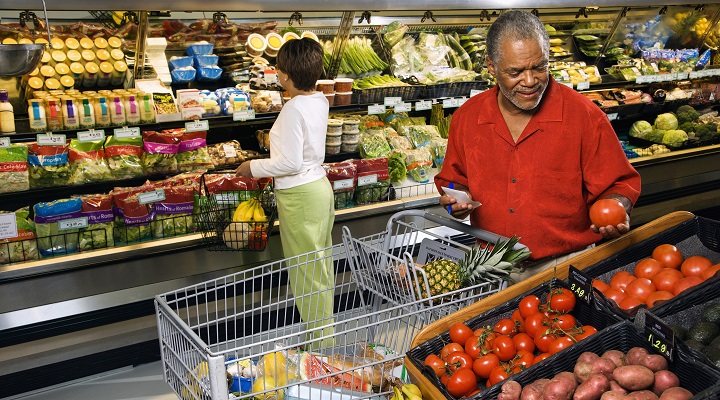The food and grocery manufacturing industry recorded higher turnover but lower profit in the 2022-23 period amid challenges from rising costs, according to the Australian Food and Grocery Council (AFGC).
The sector’s turnover, or value, rose 11.6 per cent to $163 billion, reflecting strong demand from a year of record immigration and increased wholesale prices, the AFGC’s State of the Industry report shows.
Despite top-line growth, operating profit fell 7 per cent to $7.2 billion due to persistent cost pressures from commodities, energy, and shipping.
The industry employed 281,269 workers, up 4.1 per cent, with 37 per cent of jobs based in regional areas. Investment rose 24.5 per cent to $4.2 billion, largely directed towards plant and equipment upgrades and sectors like meat processing, grain processing, dairy, fruit and vegetable.
“Our industry is a cornerstone of the Australian economy,” said AFGC CEO Tanya Barden. “Recent and ongoing global supply chain disruptions have made our industry even more critical from a national resilience perspective.”
However, Barden warned that suppliers are hampered by a decline in profitability and cost-of-living pressures, making it difficult for the industry to recover costs.
The AFGC urged the government to provide support by implementing tax incentives and including the industry in its Future Made in Australia policy.
The council added that without strategic intervention, Australian-made products could be produced elsewhere in markets that are increasingly offering significant investment attraction incentives.
This story originally appeared in our sister publication, Inside FMCG.
















